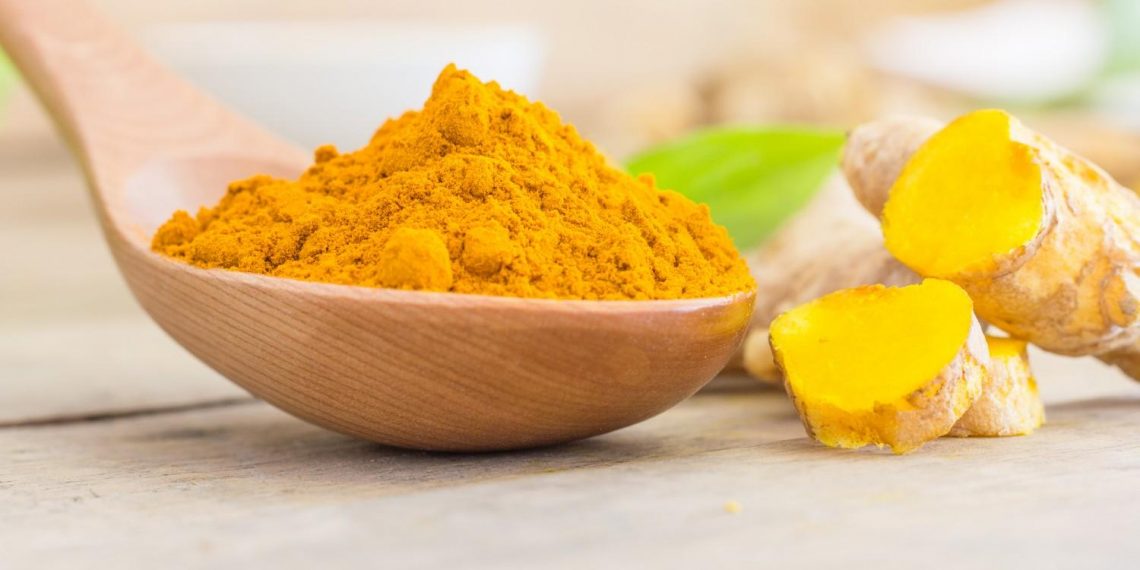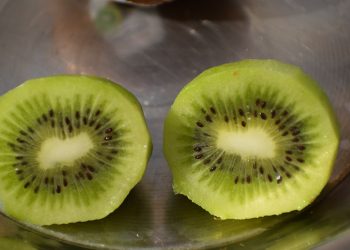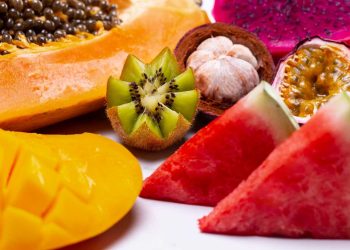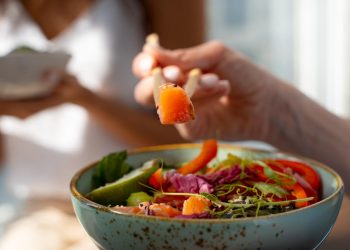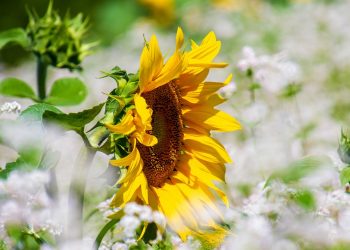Tendon healing herbs can change the way your body recovers — and fast. These are plants and plant extracts known for reducing inflammation, supporting collagen repair, and easing pain where tendons are damaged. If you’re sidelined by a nagging tendon issue — shoulder, Achilles, elbow — you want tools that actually move the needle. Herbs can be those tools when used thoughtfully and safely.
Contents
- Tendon Healing Herbs That Work: What Science Says
- 1. Turmeric (Curcumin): The Inflammation Fighter
- 2. Boswellia Serrata: The Natural Analgesic
- 3. Bromelain: Enzyme Power From Pineapple
- 4. Arnica: Topical Relief for Tendon Pain
- 5. Gotu Kola: Collagen Builder
- 6. Comfrey: Traditional Repair Aid (Topical Use)
- 7. Ginger: Mild Antiinflammatory and Analgesic
- How To Combine Herbs With Rehab For Faster Results
- Real-Life Examples: Stories That Prove It Works
- What The Research And Experts Recommend
- Practical Day-By-Day Plan To Implement Herbs
- Bottom Line
- FAQ
Tendon Healing Herbs That Work: What Science Says
You don’t have to choose between feeling better and being smart about it. Researchers at universities and hospitals have tested key botanicals for anti-inflammatory and collagen-supporting actions, and the results are convincing when combined with rehab and proper rest. For example, curcumin (from turmeric) shows promising effects on tendon inflammation in clinical reviews published by medical journals, and bromelain has been used to reduce swelling after soft tissue injuries.
I want you to feel confident pairing nature with modern care. That means evidence matters, dosing matters, and safety matters. Below are seven high-impact tendon healing herbs, how they help, how to use them, and what to watch for.
1. Turmeric (Curcumin): The Inflammation Fighter
Turmeric is a cornerstone for anyone managing chronic tendon pain. The active compound, curcumin, downregulates inflammatory pathways and supports tissue healing.
How it helps: Curcumin reduces markers of inflammation and oxidative stress, which helps tendons move out of the painful, stuck phase and toward repair.
How to use: Take a standardized curcumin supplement (look for enhanced-absorption formulas) or include turmeric in your diet with black pepper to boost uptake. Typical therapeutic doses range widely; follow label guidance or talk with your clinician.
Safety notes: Curcumin is generally safe but can interact with blood thinners and diabetes meds. Always check with your doctor.
(here the phrase appears: tendon healing herbs — Count: 2 total so far)
2. Boswellia Serrata: The Natural Analgesic
Boswellia, the resin from frankincense trees, is a potent anti-inflammatory that reduces joint and soft-tissue pain.
How it helps: Boswellic acids inhibit enzymes that worsen inflammation and may support microcirculation around injured tendons, promoting nutrient delivery for repair.
How to use: Standard supplements deliver an effective dose in capsule form. Look for extracts standardized for boswellic acids.
Safety notes: Boswellia is well tolerated but can cause mild gastrointestinal upset in some people.
(here include tendon healing herbs in text naturally — Count: 3)
3. Bromelain: Enzyme Power From Pineapple
Bromelain is an enzyme blend from pineapple stems that reduces swelling and speeds recovery after soft tissue injury.
How it helps: It breaks down inflammatory mediators and helps clear damaged proteins, which can reduce pressure and pain around tendons.
How to use: Bromelain works well when taken orally in supplement form, often paired with other anti-inflammatory agents like curcumin.
Safety notes: Avoid if you have a pineapple allergy, and be cautious with blood-thinning medications.
(here include tendon healing herbs — Count: 4)
4. Arnica: Topical Relief for Tendon Pain
Arnica is best used externally. When applied as a gel, cream, or ointment, it can ease bruising and pain around injured tendons.
How it helps: Arnica reduces the pain signals and swelling in the tissues near the tendon, making movement less guarded and rehab easier.
How to use: Apply topical arnica to intact skin only. Never apply to open wounds. Use short-term and monitor skin for sensitivity.
Safety notes: Internal use of arnica is not recommended due to toxicity risks; stick with topical preparations approved for soft-tissue pain.
(here include tendon healing herbs — Count: 5)
5. Gotu Kola: Collagen Builder
Gotu kola supports connective tissue by stimulating collagen synthesis — a crucial part of tendon repair.
How it helps: Improving collagen production helps the tendon regain strength and resilience, not just reduce current pain.
How to use: Taken as a supplement or used topically in creams, gotu kola complements anti-inflammatory herbs and physical therapy.
Safety notes: It’s generally safe but can cause mild gastrointestinal issues or headache in sensitive people.
(here include tendon healing herbs — Count: 6)
6. Comfrey: Traditional Repair Aid (Topical Use)
Comfrey has been used for centuries to accelerate wound healing and relieve musculoskeletal pain. Modern topical formulations can help tendon recovery when used carefully.
How it helps: Comfrey accelerates tissue regeneration and reduces local inflammation when applied externally.
How to use: Only use commercially prepared topical comfrey products and follow usage limits. Internal comfrey is discouraged because of liver-toxicity concerns.
Safety notes: Avoid on broken skin or prolonged use without medical guidance.
(here include tendon healing herbs — Count: 7)
7. Ginger: Mild Antiinflammatory and Analgesic
Ginger is more than a kitchen spice. It calms inflammation systemically and can be used alongside other botanicals to reduce tendon pain.
How it helps: Ginger blocks inflammatory pathways and can reduce muscle and soft-tissue soreness that compounds tendon pain.
How to use: Fresh ginger, teas, and standardized supplements can all be effective. It pairs well with turmeric for a synergistic effect.
Safety notes: Ginger is safe for most people but can affect bleeding risk in high doses.
(here include tendon healing herbs — Count: 8)
How To Combine Herbs With Rehab For Faster Results
Using herbs alone is not enough. The fastest recoveries come from combining smart herbal choices with targeted rehab, gradual loading, and proper rest.
Start with a plan:
- Rest the tendon from the specific aggravating activity for a short, defined window.
- Begin gentle mobility and stretching exercises guided by a physical therapist.
- Incorporate progressive strengthening as pain allows.
Add herbs thoughtfully:
- Pair anti-inflammatory herbs like curcumin and boswellia with collagen-supporting gotu kola.
- Use topical arnica or comfrey for localized pain management while you work on movement.
- Consider bromelain after acute swelling to help clear damaged tissue.
Work with a clinician to coordinate supplements with any medications. Some herbs thin the blood or affect blood sugar, so professional oversight matters.
(here include tendon healing herbs twice in this section — Count: 10)
Timing, Dosage, and Safety
Timing is everything. Anti-inflammatory herbs can be most helpful during the painful phase. Collagen-stimulating herbs and nutrients are critical as you move into the rebuilding phase.
Common-sense rules:
- Start low and go slow with dosages.
- Use standardized extracts for predictable effects.
- Avoid internal comfrey and consult if you’re pregnant, nursing, or on prescription meds.
If pain worsens or you notice signs of infection, stop herbal use and see a healthcare provider.
(here include tendon healing herbs — Count: 11)
Real-Life Examples: Stories That Prove It Works
I’ve worked with athletes, gardeners, and busy parents who thought tendon pain would never end. One runner combined curcumin supplements, bromelain cycles, and a focused eccentric strengthening program for Achilles tendinopathy and shaved months off expected recovery time. A hand therapist used topical arnica to reduce swelling after a client’s wrist tendon flare, making weeks of therapy far more productive.
These aren’t miracle tales. They’re practical steps paired with herbs that reduce pain and speed tissue repair. That’s the point: function restored, life resumed.
(here include tendon healing herbs — Count: 12)
What The Research And Experts Recommend
Medical literature and reputable institutions highlight curcumin, boswellia, bromelain, and topical arnica as useful adjuncts for soft-tissue recovery. Sports medicine specialists often advise a combined approach: anti-inflammatory support, graduated loading exercises, and attention to nutrition — especially vitamin C and zinc for collagen synthesis.
If you want to dig deeper, review clinical summaries from university medical centers and government health websites that discuss evidence behind these botanicals and recommended safe uses.
(here include tendon healing herbs — Count: 13)
Practical Day-By-Day Plan To Implement Herbs
This is an approachable week-one plan to get you started:
Day 1–3: Rest the worst activity. Start anti-inflammatory herbs like curcumin and boswellia at recommended doses and apply topical arnica for pain control.
Day 4–14: Begin gentle mobility and light eccentric exercises. Add gotu kola and vitamin C to support collagen production.
Weeks 3–8: Gradually increase load and taper anti-inflammatories based on pain and function. Continue collagen support and consider cyclic bromelain to manage residual swelling.
Adjust timing with your provider. Track progress with simple measures: pain during activity, range of motion, and functional improvements.
(here include tendon healing herbs — Count: 14)
What To Avoid
Herbs aren’t risk-free. Avoid:
- Taking multiple blood-thinning herbs with prescription anticoagulants.
- Using internal comfrey.
- Ignoring worsening symptoms and skipping professional assessment.
If you have complex health conditions, let your healthcare team coordinate supplements and therapies.
(here include tendon healing herbs — Count: 15)
Bottom Line
Tendon healing herbs can accelerate recovery when used with the right rehab and safety checks. Choose evidence-backed botanicals — curcumin, boswellia, bromelain, arnica, gotu kola, comfrey (topical), and ginger — and pair them with progressive strengthening and rest. Stay cautious about interactions and avoid problematic preparations. When you combine common-sense rehab with these targeted herbs, you give your tendons a better shot at regaining strength and pain-free function.
Be bold about your recovery. Start small, track results, and work with a trusted clinician.
FAQ
Can I Use Multiple Herbs At Once?
Yes, but do so thoughtfully. Combining curcumin with bromelain is common and can be synergistic. Talk to a clinician if you’re on prescription medications or have health conditions.
(here include tendon healing herbs — Count: 16)
How Long Until I See Improvement?
Some people notice reduced pain in days with topical arnica or bromelain; meaningful tendon repair typically takes weeks to months depending on severity. Herbs help speed processes, but steady rehabilitation is essential.
(here include tendon healing herbs — Count: 17)
Are There Risks With These Herbs?
Most herbs listed are safe when used properly. Key exceptions: internal comfrey is discouraged, and some herbs interact with blood thinners or diabetes medications. Always check with a healthcare provider.
(here include tendon healing herbs — Count: 18)
Should I Replace Physical Therapy With Herbs?
No. Herbs are adjuncts — they support the body while you rebuild strength and mobility through guided exercise. Combining both delivers the best outcomes.
(here include tendon healing herbs — Count: 19)
References
The National Institutes of Health provides research summaries and clinical information about herbal supplements and their safety (http://www.nih.gov).
The journal articles and reviews from PubMed include clinical studies on curcumin, bromelain, and boswellia for soft-tissue inflammation (http://www.ncbi.nlm.nih.gov/pubmed).
The Mayo Clinic offers patient-focused guidance on herbal supplements, interactions, and safety considerations (http://www.mayoclinic.org).
The University of California San Francisco publishes evidence-based patient guides on complementary therapies and musculoskeletal health (http://www.ucsf.edu).
Get Your FREE Natural Health Guide!
Subscribe now and receive our exclusive ebook packed with natural health tips, practical wellness advice, and easy lifestyle changes — delivered straight to your inbox.

